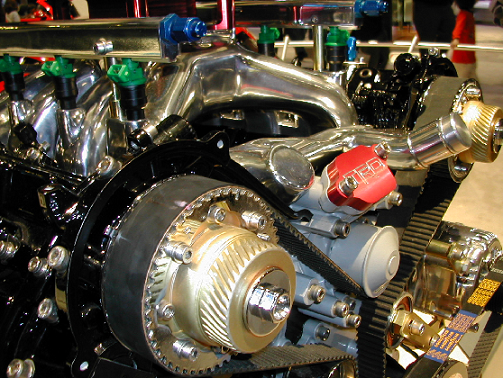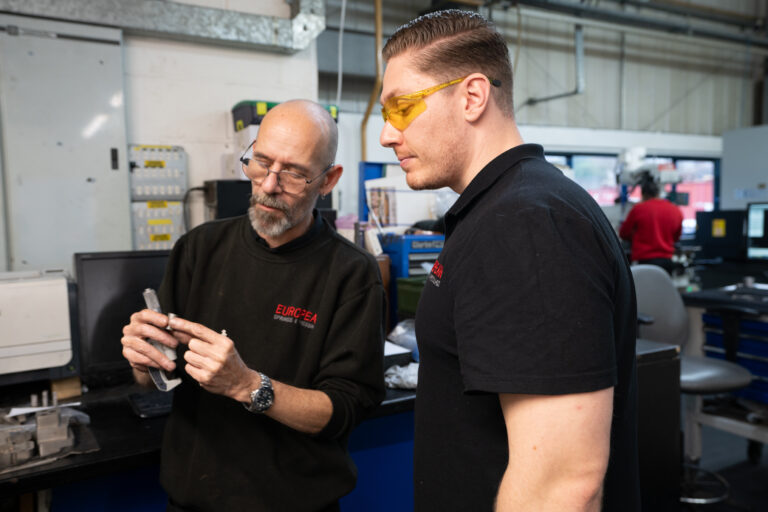Here at European Springs and Pressings Ltd, our spring manufacturers create bespoke products for a variety of industries, but one of our most prolific clients is undoubtedly the automotive sector. Because of this, we like to keep an eye of all of the latest automotive developments, and one recent piece of engineering news certainly caught our eye.

Energy Efficient Engines
Energy efficiency is one of the most-talked-about concepts of the modern world, and literally every sector is doing what it can to excel in this area. When it comes to car engines, it's fair to say that modern vehicles have come a long way since the days of the earliest automobiles, and energy efficiency is now greatly improved. However, a recent discovery based upon a seemingly impossible 'cool burning flame' could be set to revolutionise this science even further.
The New Discovery
The team who have made this discovery noted that when a fuel droplet was ignited on a space station, the 'conventional' flame only lasts for a short time, but what has been newly seen is that a cool flame – invisible to the naked eye – keeps on burning for a prolonged period after this visible reaction. Initially, the researchers simply thought that the fuel had ceased to burn, but sophisticated sensory equipment was then successfully utilised to display the presence of cool flames.
The Possibilities
Put simply, if cool flame engineering could be mastered, then car engines could efficiently function at consistently lower temperatures and emit fewer pollutants. The observations that lead to this possibility all took place in space, and according to The Engineer they could, in theory, take place on Earth as well. It is believed that the extremely interesting chemical reaction that has been seen doesn't have time to occur upon earth, as fuel droplets burn far quicker here due to a lack of buoyancy, but if the exact environment could be simulated then the results would be noteworthy.
Needless to say, this could be a highly significant progression in the history of the automobile engine, and we certainly can't wait to see what impressive results this clever piece of engineering might yield in the future. Of course, engine efficiency relies upon a number of considerations and components, and our bespoke springs are one such invaluable inclusion. If your business has a need for such products in the automotive industry, then please contact us now by calling +44 (0) 208 663 1800 or send us an email at info.bec@happy-northcutt.194-164-31-150.plesk.page. Whatever your needs might be, we can meet them.
European Springs






